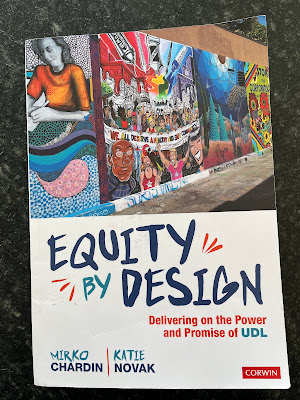The Power of Assistive Technologies in Schools by Max Burman
When thinking of ways to help improve the education of students, technology is often thought of as important. For students with special needs -- technology can play a massive role in improving their educational opportunities. Assistive technology helps students to be able to be fully engaged in their education.
Assistive technology has been described as falling into two different categories: low tech; and, high tech. Both of these categories are incredibly important. Low tech assistive technologies are utilized by many teachers already, especially when utilizing a Universal Design for Learning. Some examples of low tech assistive technologies are: graphic organizers; timers; flexible furniture; word banks; etc. These low tech assistive technologies can be used with all students to improve their educational outcomes.
High tech assistive technologies, on the other hand, refers to things that require more digital processing power to operate. Personally, I divide high tech assistive technologies into two distinct categories as well. The first category, similar to low tech assistive technologies, can be incorporated into the whole classroom. This could be posting a slideshow on Google Classroom so that students can access it digitally as well by looking on the board. This is something that can be done that would make the learning more accessible to all students. Students could then use immersive readers (e.g. Read and Write for Google) to help them understand the material better. These high tech assistive technologies for all students can also be ways to differentiate learning digitally – from assigning readings from Commonlit at different lexile levels, to creating choice boards for students, there are many options available.
The second category for high tech assistive technology are technologies specifically in place for students with disabilities. These technologies include: electric wheelchairs; C-Pens; text to speech programs; portable closed-caption systems; etc. Generally, these types of assistive technologies are included in a student’s IEP/504 plan, and are very specific to the student. If you have any questions about this category – you can speak to Marsha or a special educator in your building. For more information about the other categories of assistive technology, feel free to reach out to Max Burman for any questions or help utilizing them in your classroom.

Comments
Post a Comment